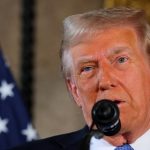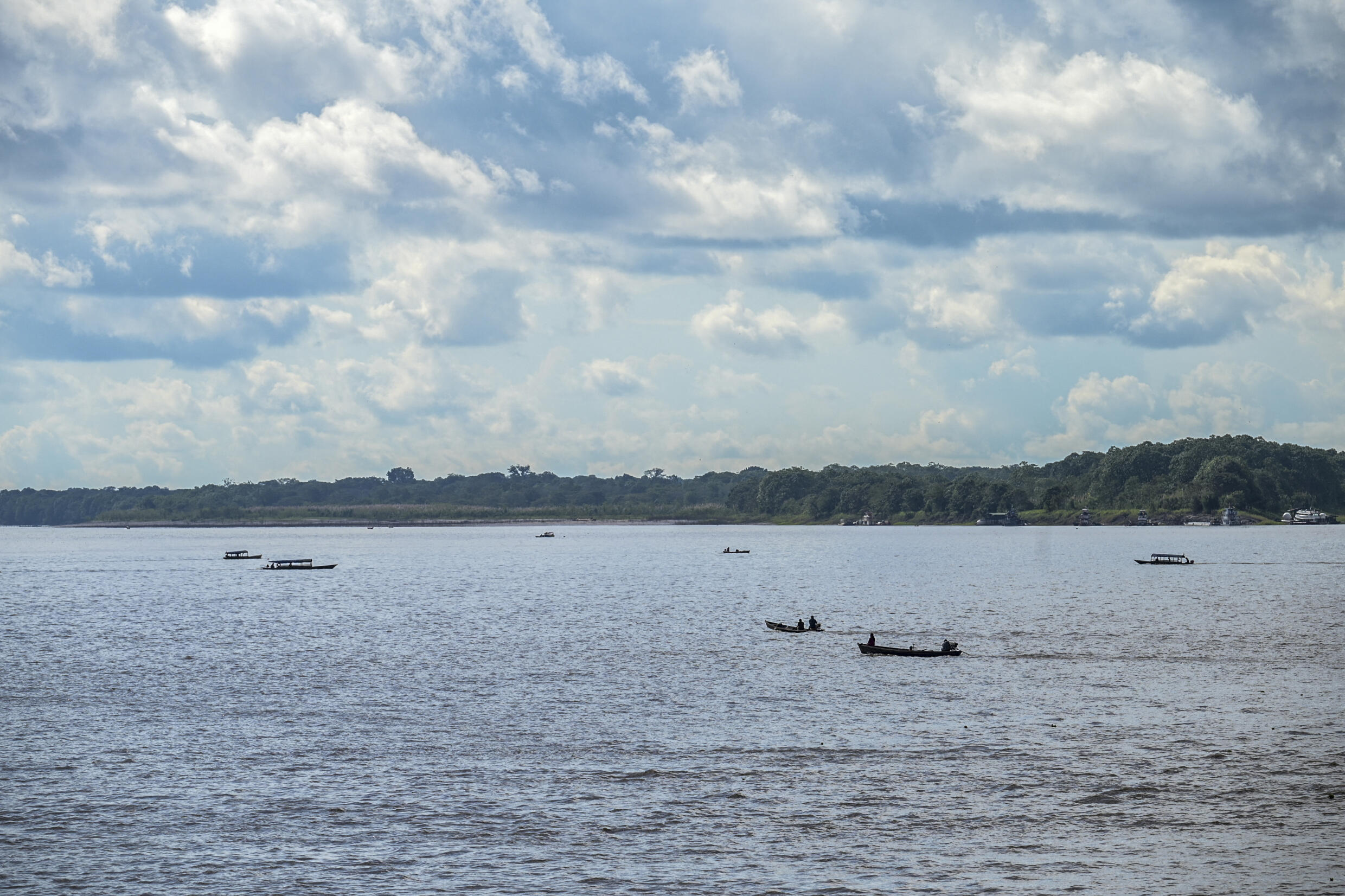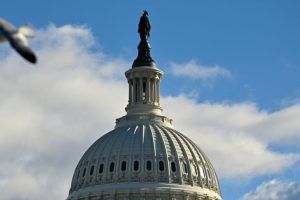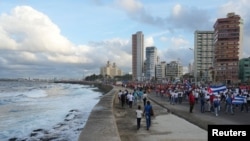Colombian President Gustavo Petro met on July 8 with his Brazilian counterpart, Luiz Inácio Lula da Silva, in the Colombian city of Leticia, in the south of the country. There, they discussed the regional coordination of countries with Amazonian territory to preserve the largest tropical forest in the world. This as a preview of what will be the meeting of the member countries of the Amazon Cooperation Treaty Organization (OTCA) next month in Brazil.
First modification:
The protection of biodiversity, the fight against deforestation and the protection of the Amazon against illegal mining were some of the issues discussed by the highest heads of Brazil and Colombia.
Both leaders have asked the richest countries to contribute funds to the preservation of the Amazonian territories, who consider that this great jungle is key to mitigating climate change throughout the world.
In this regard, the Brazilian president, Luiz Inácio Lula da Silva, assured that “talking about the Amazon is talking about superlatives: it is the largest tropical forest in the world, home to 10% of all species of animals and plants in the planet; It has 50 million inhabitants with 400 indigenous peoples who speak 300 languages, it has the largest freshwater reserves on the planet, including a true underground ocean.”
The bilateral meeting took place within the framework of a series of meetings and events that have taken place in Leticia, an Amazonian city in southern Colombia, since July 3. The Leticia Summit, as it has been called, has had the participation of indigenous organizations and environmental entities.
Brazil and Colombia have a lot in common. We are two great multicultural democracies, marked by the valuable contribution of indigenous and Afro-descendants. And we also share the commitment to bring Amazonia to the center of our politics. And that’s when we started to… pic.twitter.com/D6qXkGRAHJ
– Lula (@LulaOficial) July 8, 2023
This international forum was also attended by the Ministers of Environment and the Environment of Brazil, Bolivia, Colombia, Ecuador, Guyana, Peru, Suriname and Venezuela. It is the first time that representatives of the nations with Amazon territory meet to address the climate crisis facing the largest jungle in the world.
All this serves as a prelude to the Amazon Summit, which will take place in Belém, Brazil, on August 8 and 9. This meeting is expected to be attended by the member countries of the Amazon arc, who intend to delve into the principles of the Amazon Cooperation Treaty Organization (OTCA).
ACTO’s trajectory
This body was created in 1995 under the parameters of the Amazon Cooperation Treaty (1978). The last meeting of this summit was in 2009, and since then there has been no activity by the entity and therefore no joint actions by the eight member countries.
The Brazilian president reaffirmed the importance of ACTO, indicating that it is “a tool that, instead of isolating us, has the capacity to project us towards the center of the most important challenge of our time, climate change.”
At the meeting on July 8, it was also said that ACTO’s purposes should be materialized in practice. Part of this is to institutionalize the Amazon Regional Observatory, whose purpose will be to systematize and monitor data from all the territories that make up the largest lung in the world. In this way, incidents such as droughts, floods, rains, fires and water pollution can be foreseen.
Lula insisted that the international gaze must be directed towards the reality that the Amazon is going through. She affirmed that ACTO “has not received the attention it deserves” and that is why the meeting that will take place next month in Belém, the Brazilian city from where the Amazon River flows, will serve to “correct the course.”
Amazon reality
As a result of the Leticia Summit, the members have reached common points to point out and describe what is most harmful and affects the well-being of the largest forest in the world. It has been said that the region is being plagued by illegal loggers and gold miners, smugglers and drug traffickers.
The most affected are the ecosystems, the vegetation, the fauna and flora, the inhabitants who inhabit the territory and the social and commercial structures that cross the Amazon. Despite this, an eye has also been placed on communities and productivity as engines for change.
The Minister of the Environment of Colombia, Susana Muhamad, affirmed that “we must gain governance in the Amazon and that is built by generating opportunities for the communities through an economy that systematically restores the forest, which has a clear outlet for timber and non-timber products.” “.
Her Peruvian counterpart, Albina Ruiz, also made reference to the future of the Amazon and expressed that “The only way to save the Amazon is for all the countries to work together and create sustainable production chains.”
In Colombia, deforestation has stopped 76% during the first quarter of 2023, compared to the same period last year, according to the president of this country, Gustavo Petro. Lula was also optimistic and shared that in Brazil deforestation in the Amazon had a reduction of 33.6% in the first quarter of 2023.
With AP, EFE and Reuters














